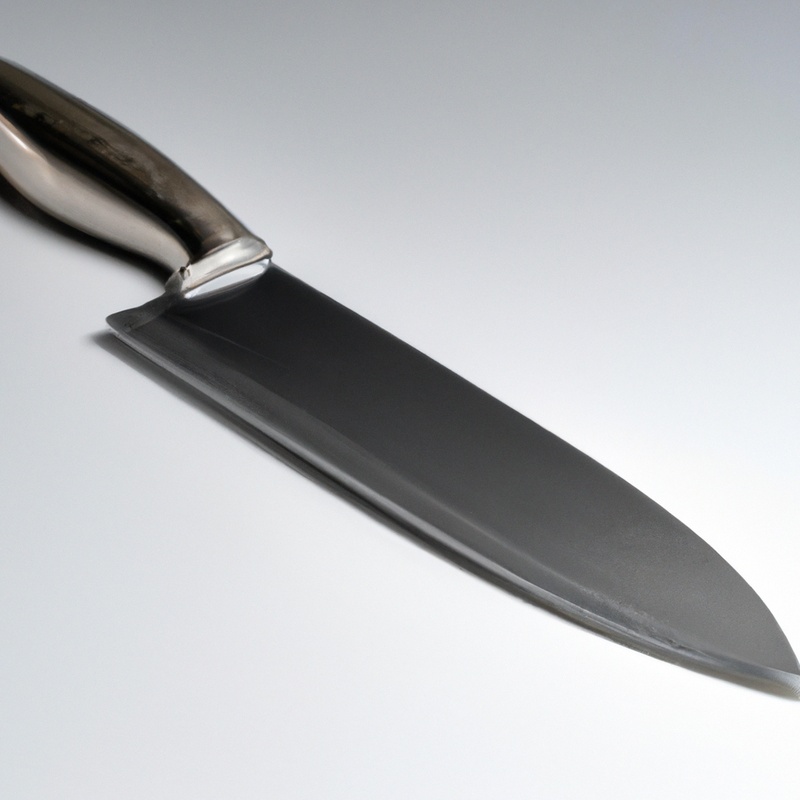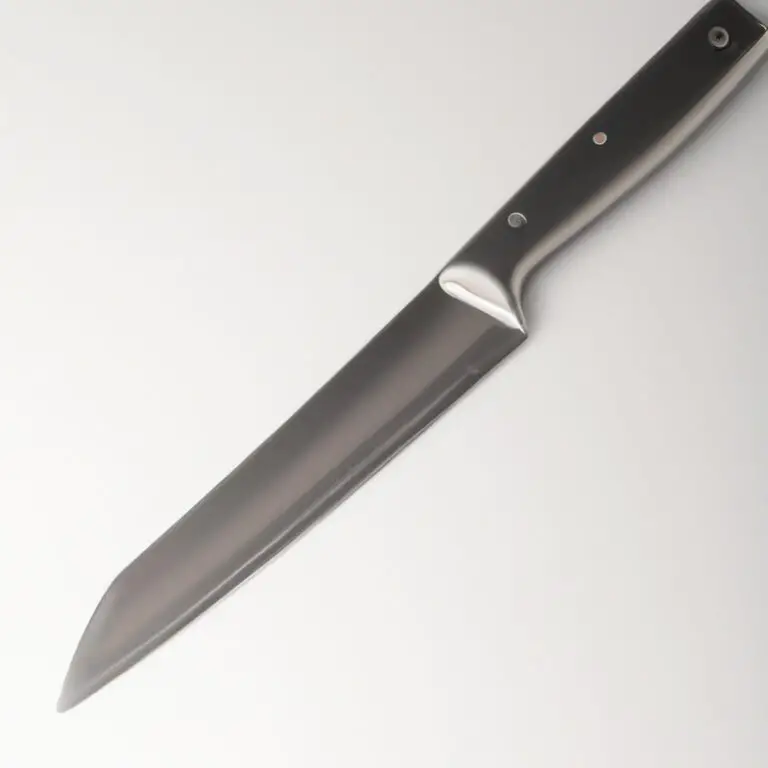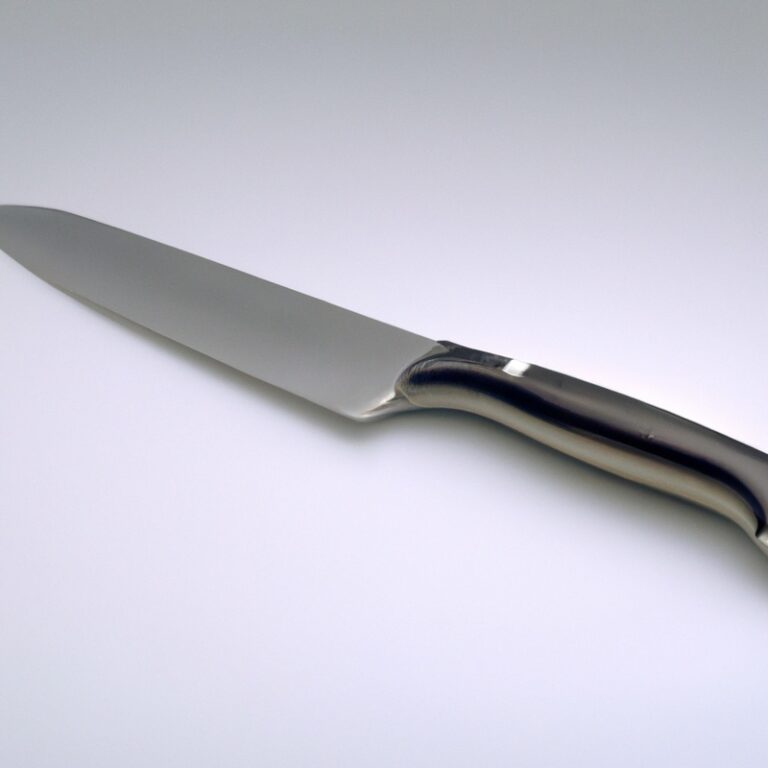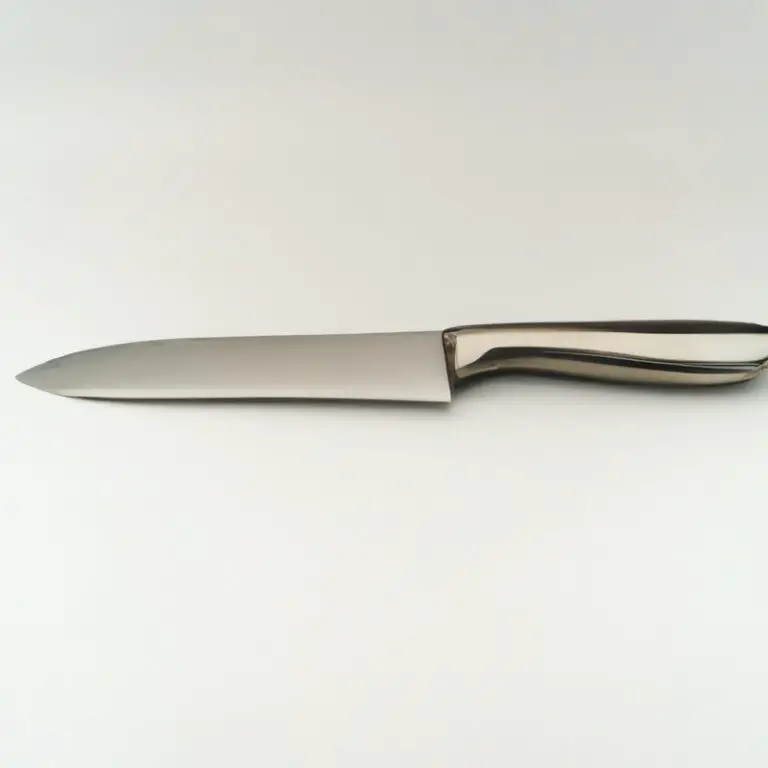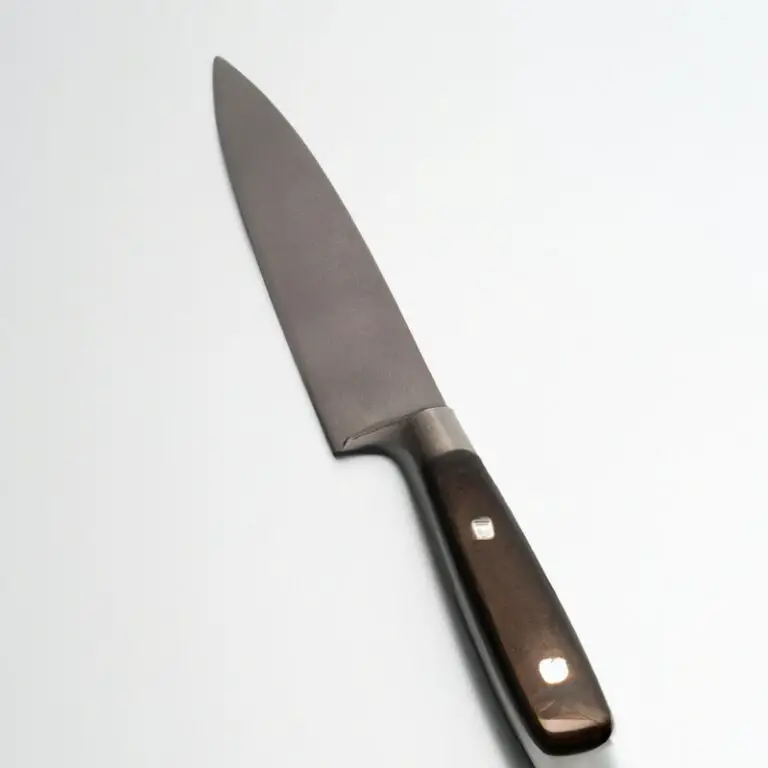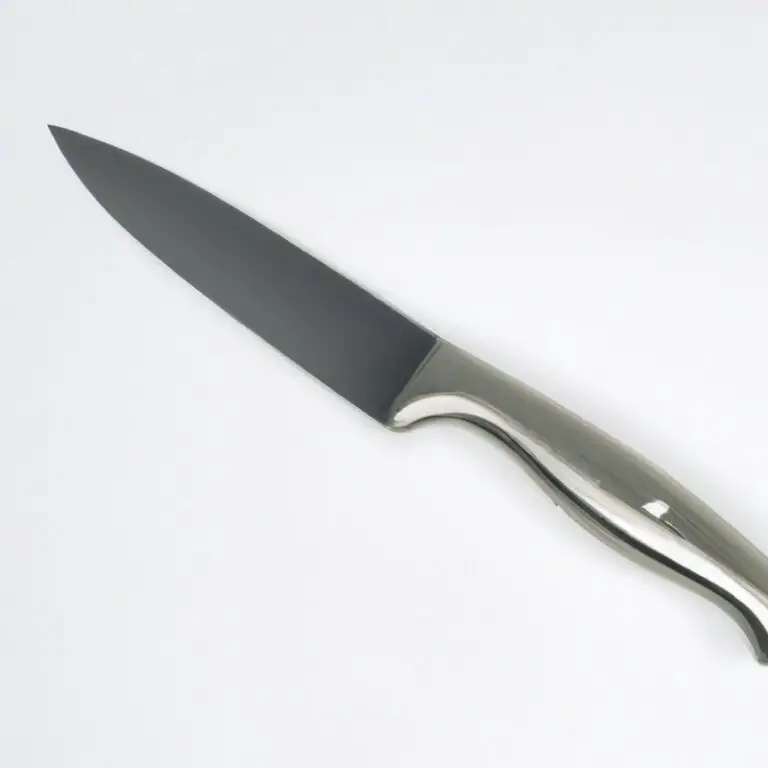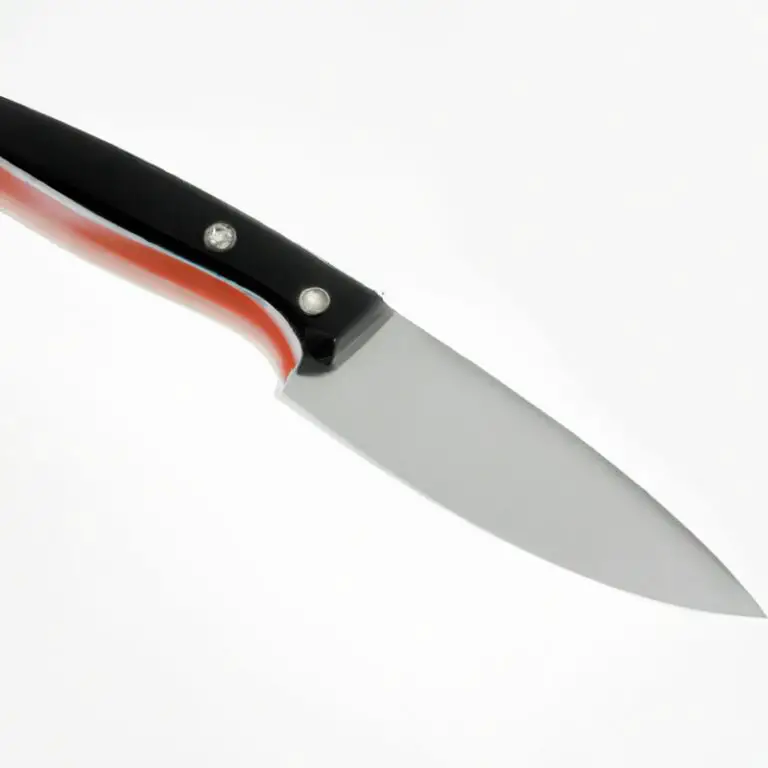Can I Use a Paring Knife To Peel Shellfish? – Recommendations
Key Takeaways:
- A paring knife is not suitable for peeling shellfish due to its small blade and lack of curved edge.
- Using the wrong tool for peeling shellfish can result in injury or damage to the delicate meat.
- Opt for a specialized shellfish knife with a curved blade and a sturdy handle for safe and efficient peeling.
- It’s important to prioritize safety and choose the right tool for each task in the kitchen to avoid accidents or mishaps.
Do you have a paring knife lying around and are wondering if it can be used to peel your favorite shellfish? It’s a common question and a risky one too.
As a professional chef, I have seen many accidents occur due to the wrong usage of knives.
It’s important to remember that every task requires the right tool, and peeling shellfish is no different. Join me as I explore the potential risks, the correct usage, and the alternative tools that you should use to peel shellfish.
Plus, I’ll share some precautions to take when handling shellfish and knives.
| Question | Answer |
|---|---|
| Can I use a paring knife to peel shellfish? | No, it is not recommended to use a paring knife to peel shellfish as it can be dangerous and difficult to do so effectively. |
| What tool should I use to peel shellfish? | A seafood shucker or a dedicated shellfish knife is the best tool for peeling shellfish safely and efficiently. |
| What are the risks of using a paring knife to peel shellfish? | Using a paring knife to peel shellfish can result in injury, as the knife blade can slip or break while trying to remove the shell. Additionally, it may be difficult to remove the shell evenly and efficiently using a paring knife, causing frustration and wasted time. |
| Are there any benefits to using a paring knife to peel shellfish? | While there may be some instances where a paring knife is the only tool available, it is generally not recommended to use one for peeling shellfish. Using a seafood shucker or dedicated shellfish knife results in safer and more efficient peeling, reducing the risk of injury and saving time. |
What is a paring knife?
A paring knife is a small, narrow-bladed knife that is designed for intricate cutting tasks such as peeling, trimming, and slicing fruits and vegetables. It usually has a blade length of around three to four inches and a pointed tip for precise cutting.
Paring knives can be made from various materials such as stainless steel, carbon steel, or ceramic.
They can also come in different shapes and designs to suit different user preferences. When used correctly, a paring knife can be a valuable tool in the kitchen.
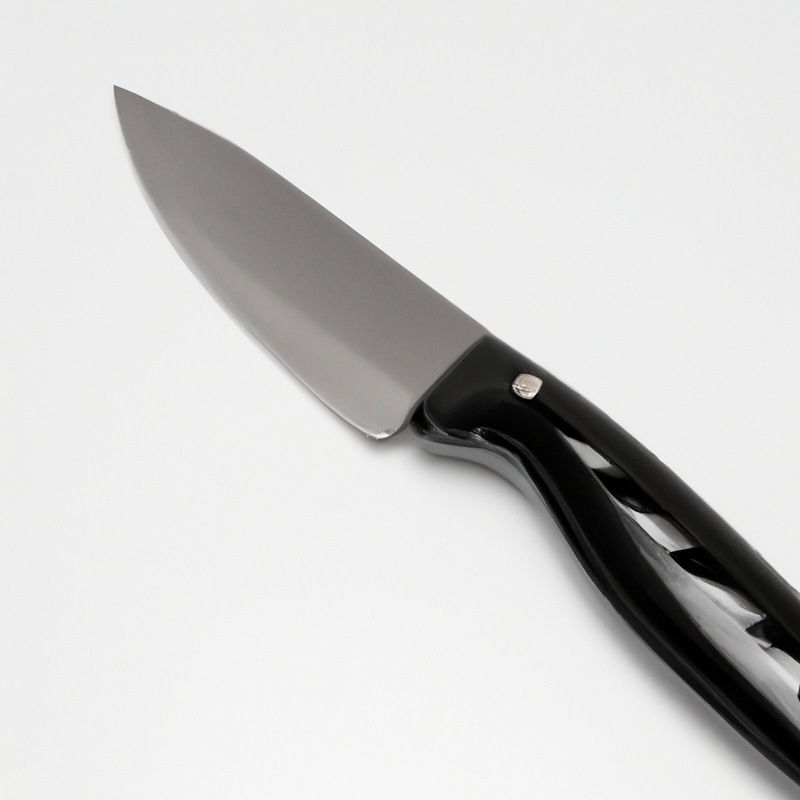
Types of shellfish that can be peeled with a paring knife
Some types of shellfish that can be easily peeled with a paring knife include shrimp, prawns, and langoustines. These shellfish have thin shells that can be easily scored with a paring knife to remove the skin.
However, it is important to note that other types of shellfish, such as crabs and lobsters, have thicker shells that require a stronger tool for peeling.
Wondering if a paring knife can be used on a specific type of shellfish? Consider the thickness of the shell before attempting to peel it with a paring knife.
Importance of using the right tool for peeling shellfish
Using the right tool for peeling shellfish is crucial for several reasons. Firstly, it ensures that the shell is removed cleanly and leaves behind no debris, reducing the risk of injury or infection from sharp shell fragments.
Secondly, using a dedicated shellfish tool can make the process more efficient and mitigate the damage caused to the shellfish.
Lastly, a specialized tool also helps protect the delicate texture and taste of the meat inside. Therefore, selecting the appropriate peeling tool will maximize the quality and safety of the final dish.
Potential risks of using a paring knife for peeling
Using a paring knife for peeling shellfish comes with potential risks that should not be ignored. Paring knives are generally smaller, thinner, and more flexible than other knives, making them less suitable for peeling shellfish, which can be tough and require more force to peel.
Using a paring knife for peeling shellfish can make it challenging to control the knife, leading to accidental cuts and harm to the hands.
The blade being smaller than other types of knives increases the chances of it bending or breaking off into the shellfish while peeling. This can affect the flavor and quality of the shellfish, as well as pose a choking hazard.
Furthermore, the blunt tip of a paring knife, which is designed to make intricate cuts in fruits and vegetables, may not be fit for peeling shellfish.
Attempting to force the knife’s tip through the shell could lead to a slip, increased force, and shear injuries, which could cause pain and bleeding, increasing the risk of infections. It’s essential to use the right tool when peeling shellfish to maintain your safety, reduce work-related injury risk, ensure shellfish quality and preserve flavor.
In the next section, we will discuss how to properly use a paring knife for peeling shellfish and other alternative tools.
How to properly use a paring knife for peeling shellfish
To start, it’s essential to ensure that you’re using a sharp paring knife to peel shellfish properly. Dull blades can cause accidents and lead to injuries.
Hold the shellfish steady with your non-dominant hand and use your paring knife to gently cut the shell’s edges.
Once you’ve created a space between the shell and the meat, slide the knife along the shell to loosen the meat from it. During the process, make sure that your paring knife’s blade doesn’t puncture the meat, causing damage or cuts.
A paring knife’s precision allows you to remove small pieces of shell that other tools can’t.
Use a gentle sawing motion and be patient when using a paring knife for peeling shellfish. Lastly, remember to take precautions, especially when handling sharp paring knives.
Always cut away from your body, use a cutting board, and keep your fingers out of the way.
Clean and dry your paring knife between uses to avoid rust and bacterial buildup. With the right technique and tools, you can safely and efficiently peel shellfish with a paring knife.
Alternative tools for peeling shellfish
Alternative tools for peeling shellfish include specialized shellfish shuckers and seafood scissors. Shellfish shuckers are designed for opening oysters, clams, and mussels, with a curved blade that easily separates the shell from the meat.
Seafood scissors are versatile and can be used to cut through crab shells, lobster tails, and shrimp shells.
They have serrated edges to grip the slippery shells and provide more control. It is important to use a tool that is appropriate for the type of shellfish being peeled.
These alternative tools can reduce the risk of injury and provide a better peeling experience.
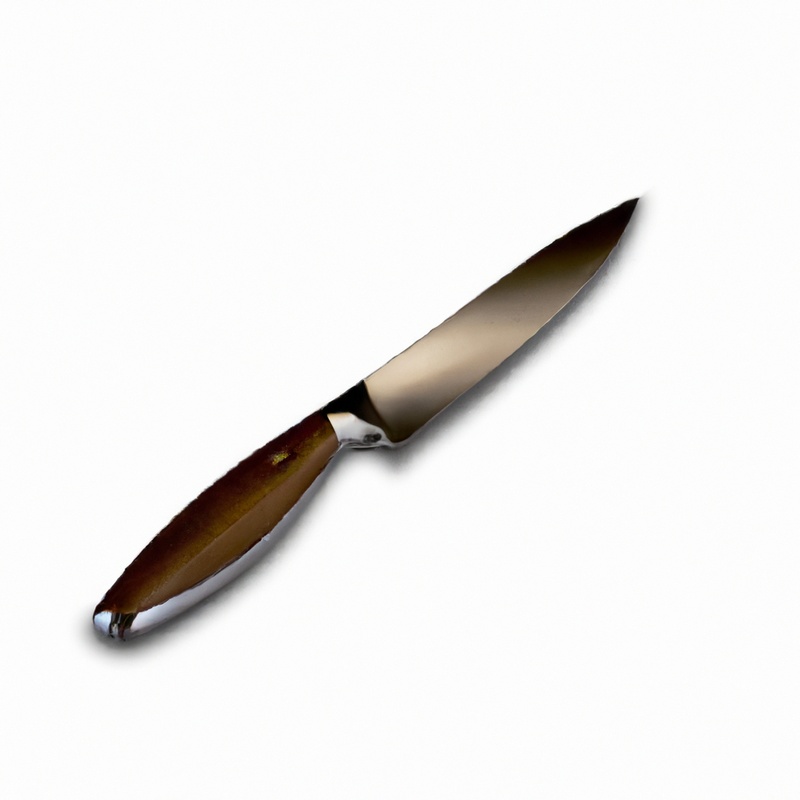
Precautions to take when handling shellfish and knives
When handling shellfish and knives, there are several precautions you should take to ensure your safety.
- Use a sharp knife: Dull knives require more force, increasing the risk of slippage and injury.
- Wear protective gear: Shellfish can be sharp and dangerous, so it is important to wear gloves and eye protection to prevent injuries.
- Avoid cross-contamination: Use separate cutting boards, utensils, and knives for raw shellfish, and wash all equipment thoroughly before reusing.
- Keep knives clean and dry: Moisture can cause rust and corrosion, which can contaminate food and increase the risk of infection.
- Store knives safely: Keep knives in a secure location away from children and animals, and use a knife block or sheath to prevent accidental contact.
By following these precautions, you can minimize the risk of injury and ensure the safe handling of shellfish and knives.
Final Verdict
While a paring knife may be suitable for peeling certain types of shellfish, it is important to remember that using the right tool can make all the difference. The potential risks of using a paring knife for peeling shellfish can outweigh the benefits, especially if you’re inexperienced or unsure of proper technique.
That being said, with proper handling and technique, a paring knife can be a useful tool for peeling and preparing certain shellfish.
As always, it’s important to prioritize safety when working with both shellfish and knives. By following precautions and considering alternative tools, you can ensure a safe and successful peeling experience.
Overall, the key takeaway is to always use caution and the appropriate tool for the job at hand.

